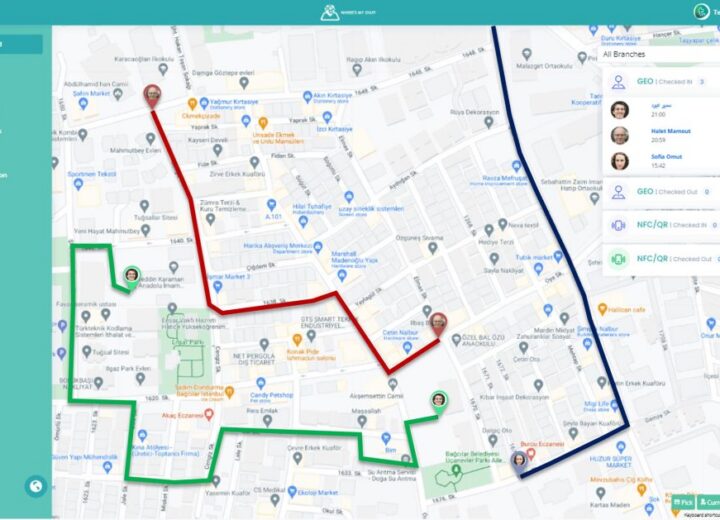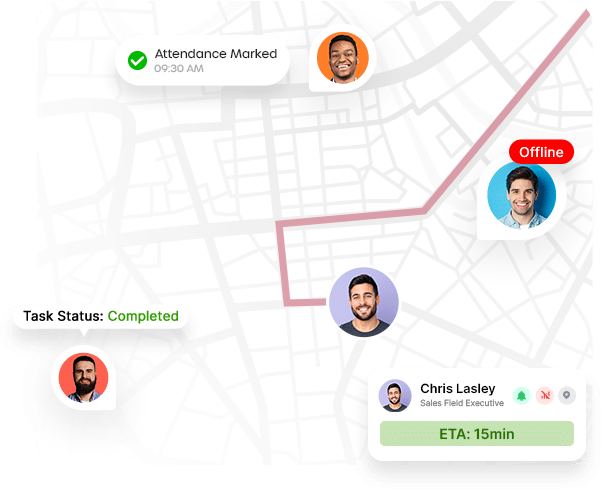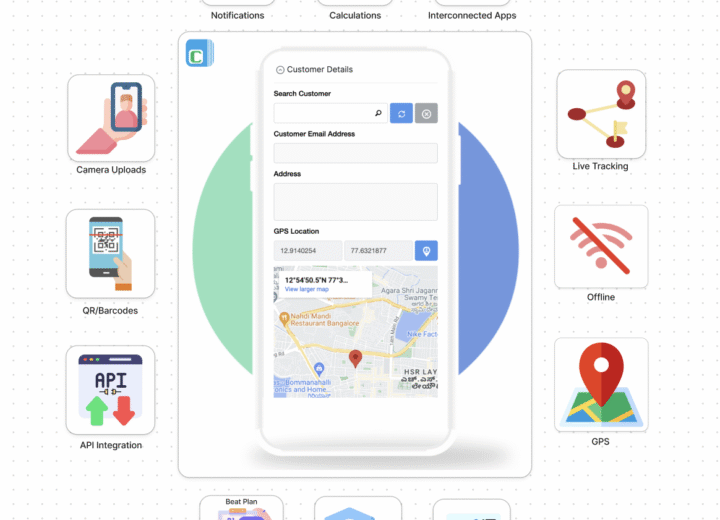The digital transformation of Saudi Arabia’s economy is in full swing, and at the forefront of this change is the ZATCA e-invoicing mandate. For businesses operating in the Kingdom, understanding and implementing ZATCA e-invoicing is no longer a future consideration—it’s a present necessity. This comprehensive guide will walk you through everything you need to know, from the core ZATCA e-invoicing requirements to selecting ZATCA approved e-invoicing software and leveraging the ZATCA developer portal.
What is ZATCA e-Invoicing?
The ZATCA e-invoicing initiative, also known as Fatoora, is a mandate by the Zakat, Tax and Customs Authority (what is ZATCA in Saudi Arabia) requiring all resident taxpayers to generate, store, and report electronic tax invoices. This move from paper-based to digital invoicing aims to enhance transparency, reduce tax evasion, and streamline business processes. The phase-wise roll-out makes it essential for businesses of all sizes to achieve e invoice compliance.
An e-invoice under this mandate is not just a digital document; it is a structured invoice that must include specific fields, a tamper-evident cryptographic stamp, and most notably, a ZATCA QR code. This QR code must be present on both simplified and standard tax invoices, allowing for quick validation and verification.
Understanding the Phases: From Phase 1 to Phase 2 Requirements
The ZATCA mandate is being implemented in two distinct phases, each with its own set of requirements.
Phase 1 (Generation Phase): This initial phase required businesses to generate basic electronic invoices containing a ZATCA QR code. The core ZATCA e-invoicing requirements in this phase focused on:
- Generating invoices in a structured format (e.g., XML).
- Including a ZATCA QR code that contains essential invoice details.
- Using a ZATCA QR code generator online or integrated within your system.
- Ensuring e invoice validation against basic rules.
Phase 2 (Integration Phase): This is the more complex stage, often referred to as the ZATCA e-invoicing phase 2 requirements. It mandates the full integration of business systems with ZATCA’s platform. Key ZATCA phase 2 requirements include:
- ZATCA integration via APIs for real-time reporting and clearance of invoices.
- Submission of invoices to the Fatoora portal.
- Connecting to the ZATCA sandbox for testing before going live.
- Using the ZATCA SDK or working with a ZATCA solution provider to ensure the ZATCA XML validation is successful.
- Compliance with more stringent e invoicing guidelines and e invoice mandatory fields.
Businesses must refer to the official e invoice guideline and e-invoicing guidelines on the ZATCA.gov.sa website to ensure they meet all Saudi Arabia e-invoicing requirements. The ZATCA developer portal is a critical resource for accessing ZATCA API documentation, ZATCA test XML files, and the ZATCA SDK download.
The Heart of Compliance: The ZATCA QR Code
The ZATCA QR code is the most visible element of the e-invoicing mandate. It is a machine-readable code that must be generated for every simplified tax invoice and standard tax invoice.
What is inside the ZATCA QR code?
The QR code contains vital invoice information in a base64-encoded string, including:
- Seller’s name and VAT tax number
- Invoice timestamp
- Total VAT amount
- Total invoice amount
This allows any e-invoice QR reader KSA application, including those used by authorities, to instantly verify the authenticity of the invoice. Generating this code requires a reliable mechanism, either through a standalone QR code generator for invoice or, more efficiently, through integrated ZATCA e-invoicing software.
Becoming Compliant: The Path to ZATCA Integration
Achieving ZATCA compliance requires a strategic approach. Here is a step-by-step path:
- Assessment: Review your current invoicing process against the ZATCA e-invoicing requirements. Identify gaps in your ERP software for wholesale distributors or retail ERP Saudi system.
- Solution Selection: Choose a ZATCA approved software solution. Look for a ZATCA solution provider with a proven track record. Whether you need a cloud ERP for wholesalers or a standalone Fatoora e invoicing software, ensure it is on the ZATCA approved software list.
- Development & Integration: Utilize the ZATCA developer portal and ZATCA API documentation to guide your ZATCA API integration. Test your integration thoroughly in the ZATCA sandbox portal to ensure proper ZATCA XML validation and successful e invoice api testing.
- Go-Live: Once testing in the sandbox ZATCA environment is successful, you can proceed to live ZATCA integration. Your system will now connect directly to the Fatoora portal for real-time reporting.
For businesses using common systems, look for specific integration modules like a ZATCA integration module for UltimatePOS.
Choosing the Right ZATCA Approved E-Invoicing Software
Selecting the right software is the most critical decision for compliance. A generic accounting software in Saudi Arabia may not be enough. You need a solution designed for the Saudi Arabia accounting software landscape and the ZATCA mandate.
Key Features to Look For:
- Pre-Built Compliance: The software should automatically handle ZATCA e-invoicing QR code generation and e-invoice validation.
- Seamless Integration: It should offer robust ZATCA integration, either natively or as an add-on for your existing ERP software for sales management or retail software Riyadh.
- API Capabilities: Ensure it can connect to the ZATCA e-invoicing API for phase 2 compliance without requiring a complete system overhaul.
- User-Friendly Access Control: Look for ERP systems with granular user access controls and ERP application access control to manage who can generate and approve invoices securely.
- Comprehensive Reporting: The software should help with VAT return filing KSA and generate necessary reports like a stock ledger, customer ledger, and supplier ledger.
Whether you are in wholesale and need a cloud ERP wholesale solution like AlZ ERP, or in retail seeking a retail ERP Saudi Arabia system, the principle is the same: choose a platform that makes ZATCA e-invoicing seamless.
The Role of ERP and Business Management Systems
A modern ERP in Saudi Arabia is more than just an accounting tool; it’s the central nervous system of your business. When it comes to e-invoicing, the right ERP system can automate the entire process.
How a Compliant ERP Helps:
- Automated Invoice Generation: Invoices created in your sales and distribution management software are automatically formatted to meet the ZATCA invoice format.
- Integrated QR Code Generation: The system acts as a built-in ZATCA QR code generator, embedding the code directly onto the invoice template.
- Streamlined Workflows: Features like a discount approval solution can be integrated directly into the invoicing process, ensuring compliance even with price adjustments.
- Centralized Data Management: All data related to the invoice, from the chart of accounts template to individual subsidiary accounts, is maintained in one place, making VAT return preparation and purchase history analysis much simpler.
- Secure Access: With cloud ERP with role-based access control and granular user permissions, you can ensure that only authorized personnel can handle e-invoicing, maintaining data integrity.
Companies like Al Wajeez Tech and AlZ Software Ltd specialize in providing such integrated ERP solutions Saudi Arabia that are built for the local market.
Navigating the ZATCA Developer Portal and Sandbox
For businesses with in-house development teams or working with a ZATCA solution provider, the ZATCA developer portal is an indispensable resource. This portal provides all the technical assets needed for ZATCA integration.
Resources available on the developer portal:
- ZATCA API Documentation: Detailed specs for the e invoice API.
- Sandbox Environment: A testing environment (ZATCA sandbox) to simulate integration without affecting live data.
- SDK and Tools: The ZATCA SDK download includes libraries and tools to simplify development.
- Sample Files: ZATCA test XML files and ZATCA XML example structures to guide your development.
Engaging in thorough e invoice api testing within this sandbox is crucial to avoid penalties and ensure a smooth transition to live operations.
Beyond Invoicing: The Broader Impact on Business
Implementing ZATCA e-invoicing forces a digital upgrade that has positive ripple effects across the entire business.
- Improved Financial Management: With all transactions digitized, you gain better insights into your customer account ledger, debtors list, and overall financial health. Tools like a cloud based trial balance become more powerful.
- Enhanced Operational Efficiency: Automating invoicing reduces manual errors and frees up staff for more value-added tasks. This improves the ROI in ERP investments.
- Data-Driven Decisions: Access to clean, real-time data allows for better sales region management, purchase history analysis, and price change history tracking.
Conclusion: Embracing the Digital Future with ZATCA
The ZATCA e-invoicing mandate is a definitive step towards a more transparent and efficient digital economy in Saudi Arabia. While the path to compliance, especially meeting the ZATCA phase 2 requirements, may seem daunting, it presents a significant opportunity for businesses to modernize their operations.
By understanding the e invoicing process, leveraging the ZATCA developer portal, and partnering with a reputable ZATCA approved software provider, businesses can not only achieve compliance but also unlock new levels of efficiency and insight. Whether you are a small retailer using a POS software in Saudi Arabia or a large distributor using a comprehensive distribution ERP in Saudi Arabia, the time to act is now. Ensure your systems are ready, your e invoice compliance is secured, and your business is poised to thrive in the new digital landscape.
For businesses seeking a powerful, integrated solution, exploring a cloud ERP trial from a provider like ALZ ERP can be the first step toward seamless ZATCA integration and long-term business growth.





